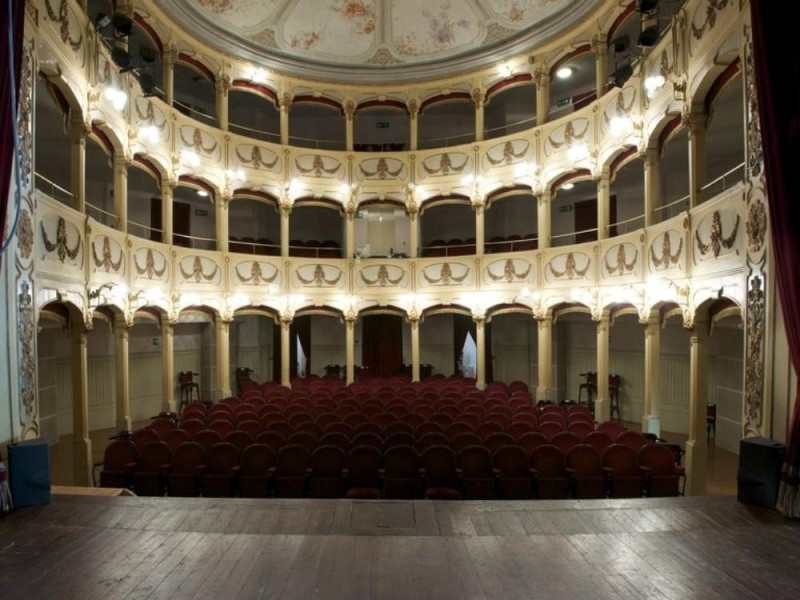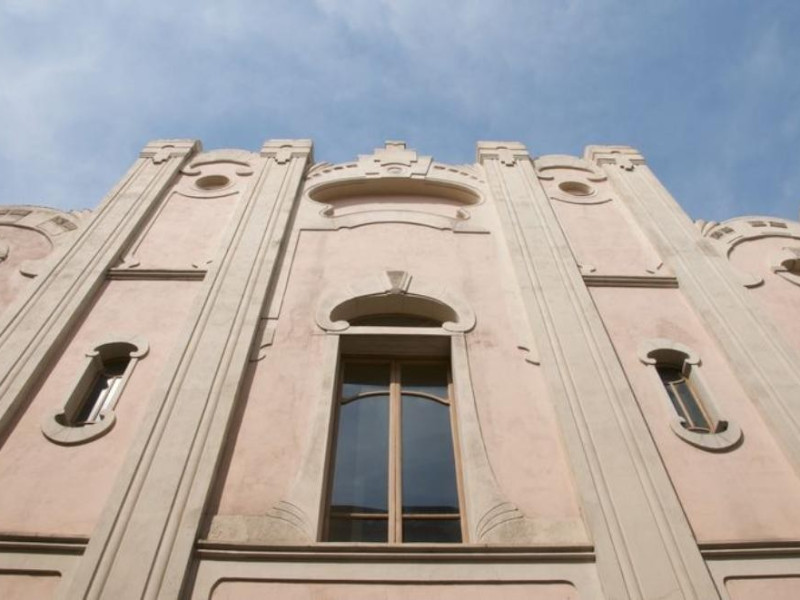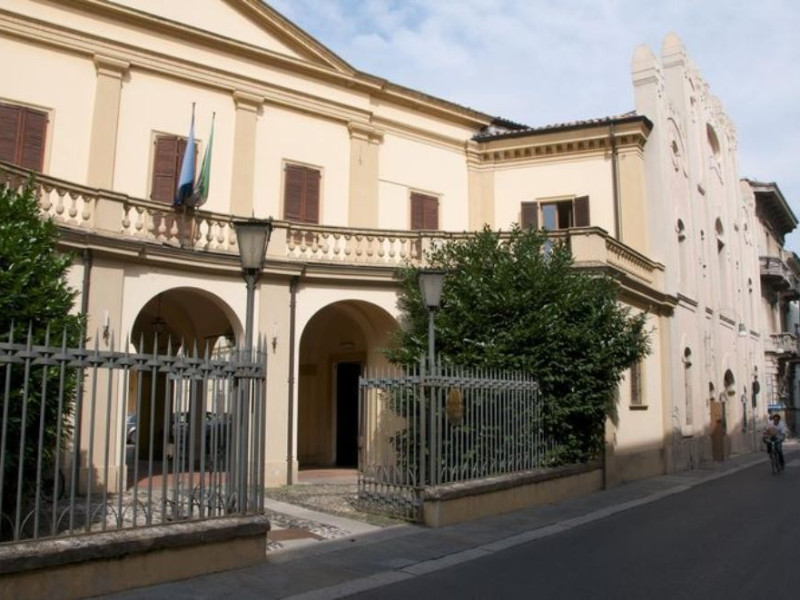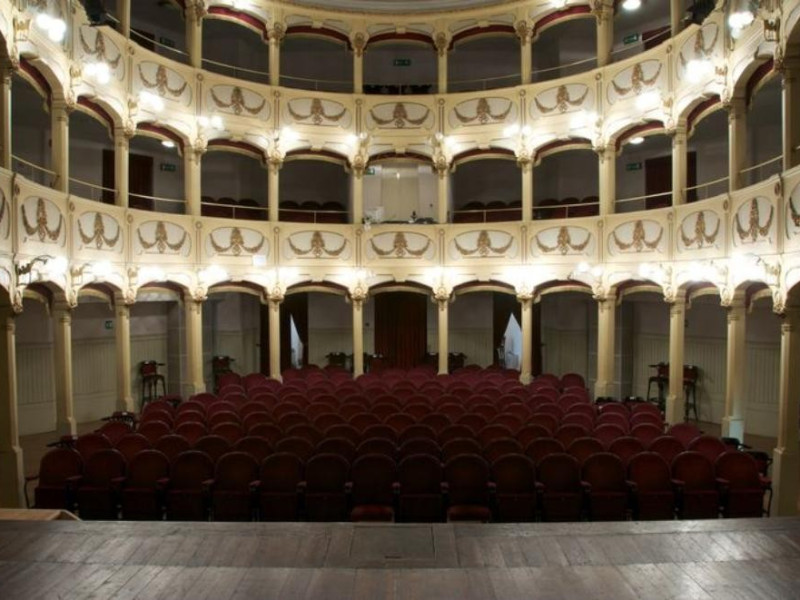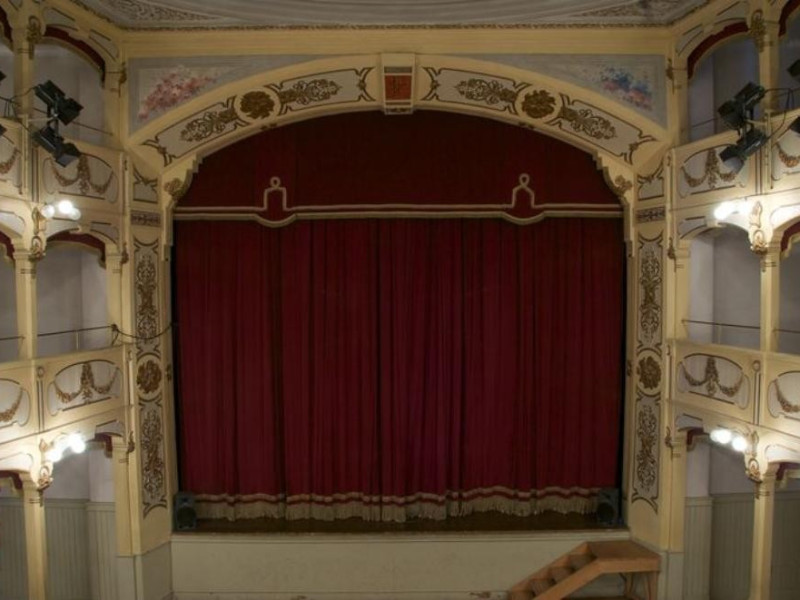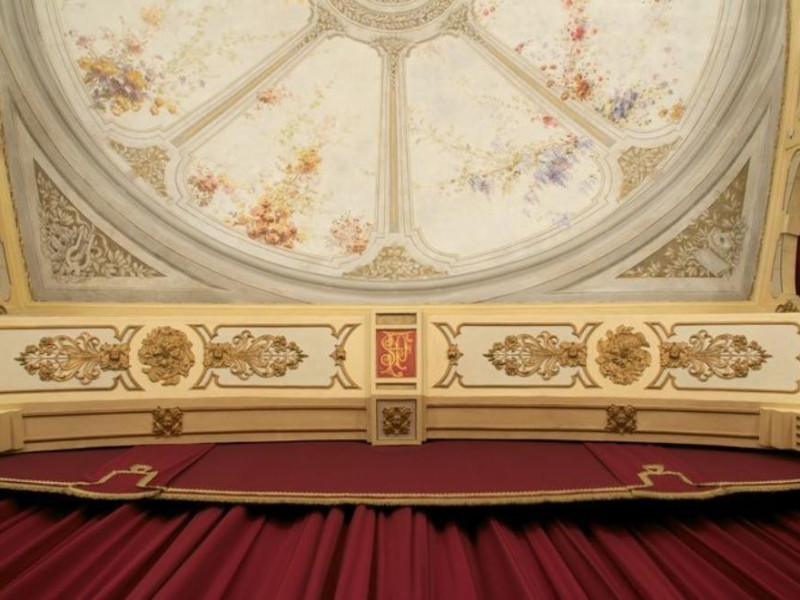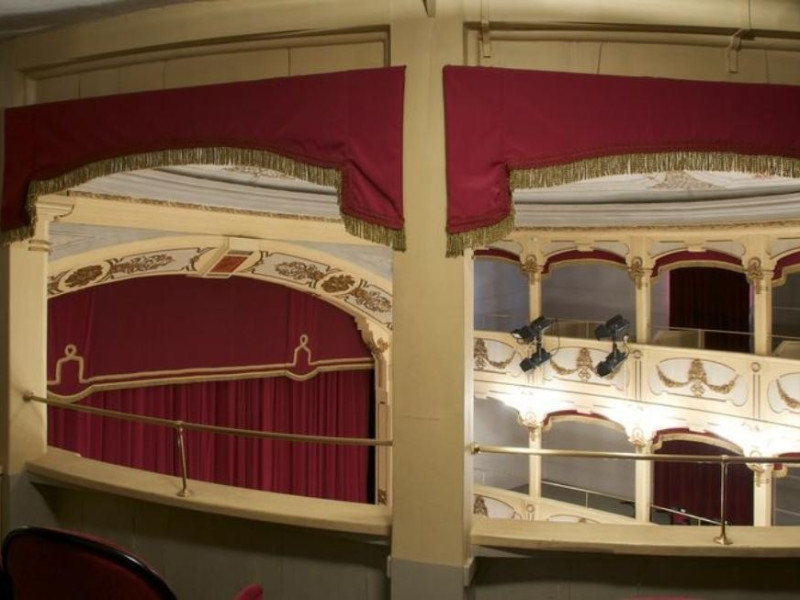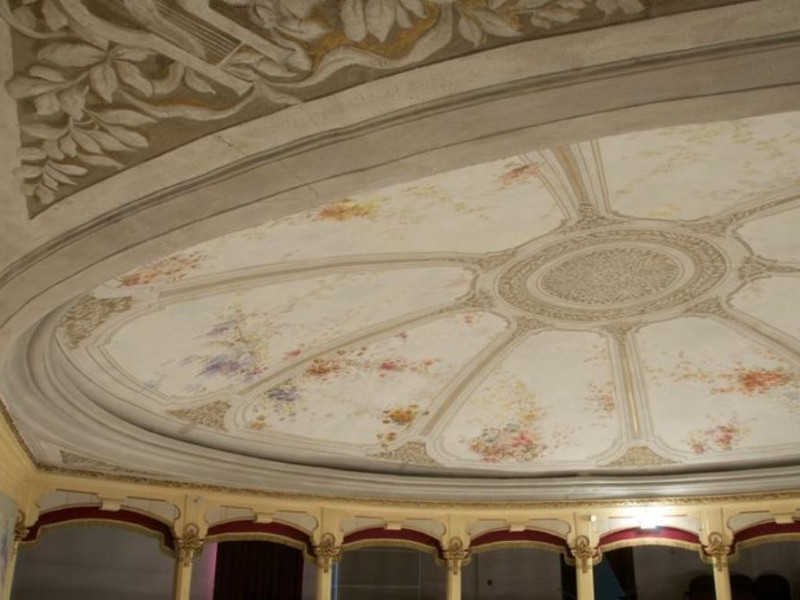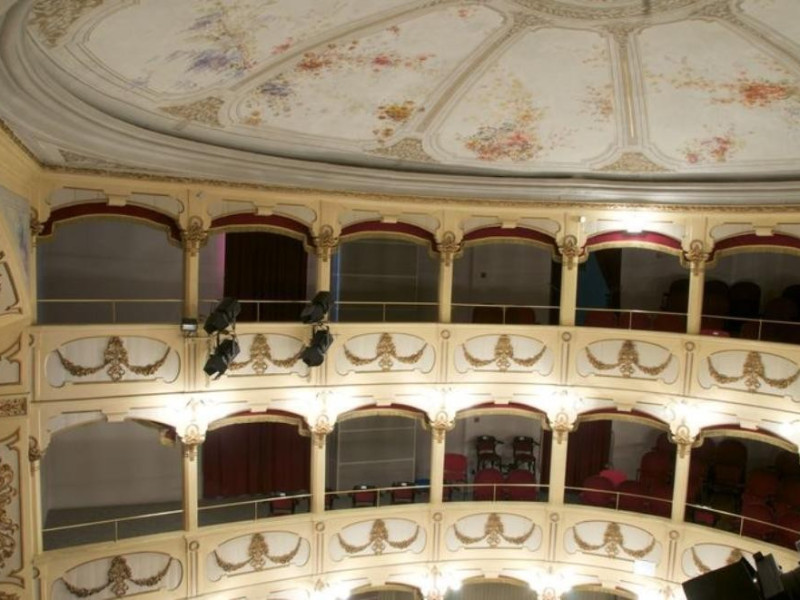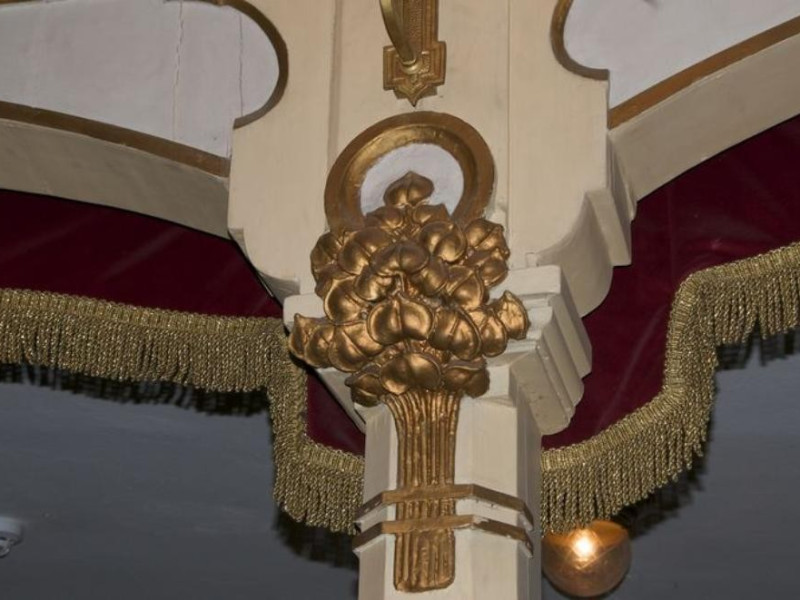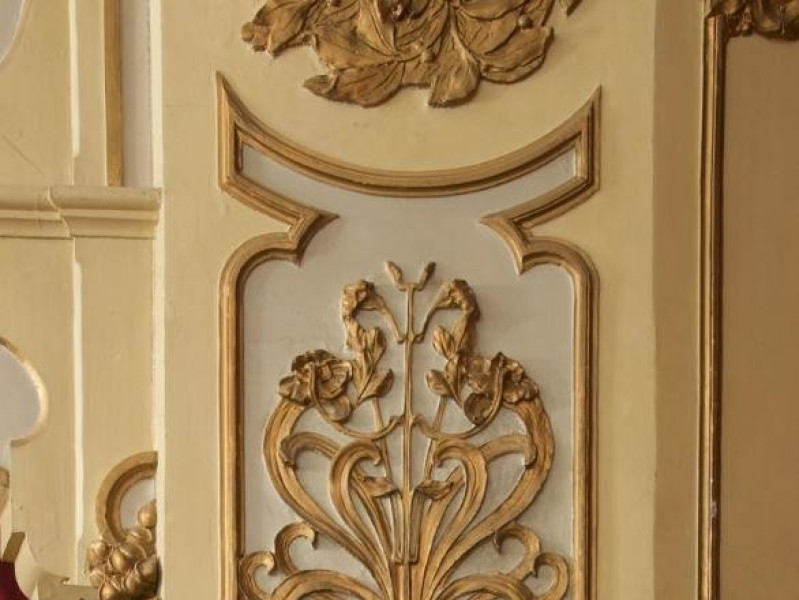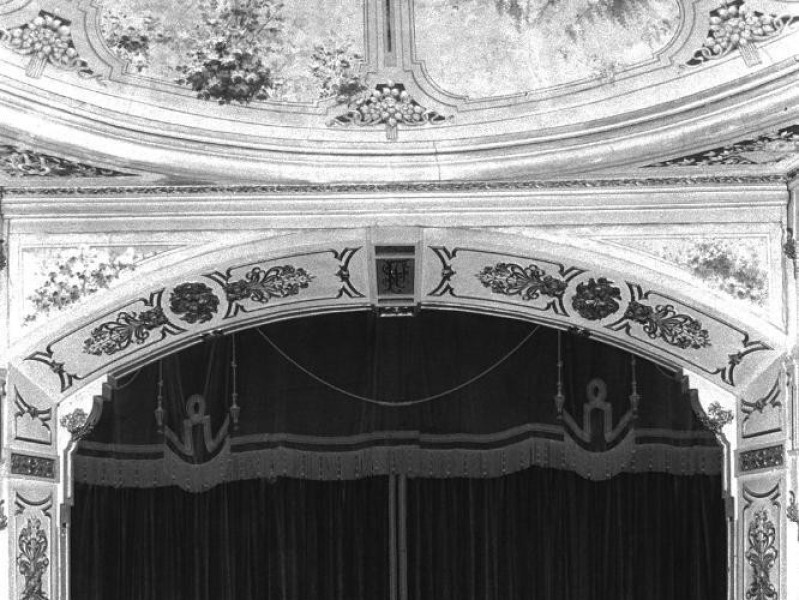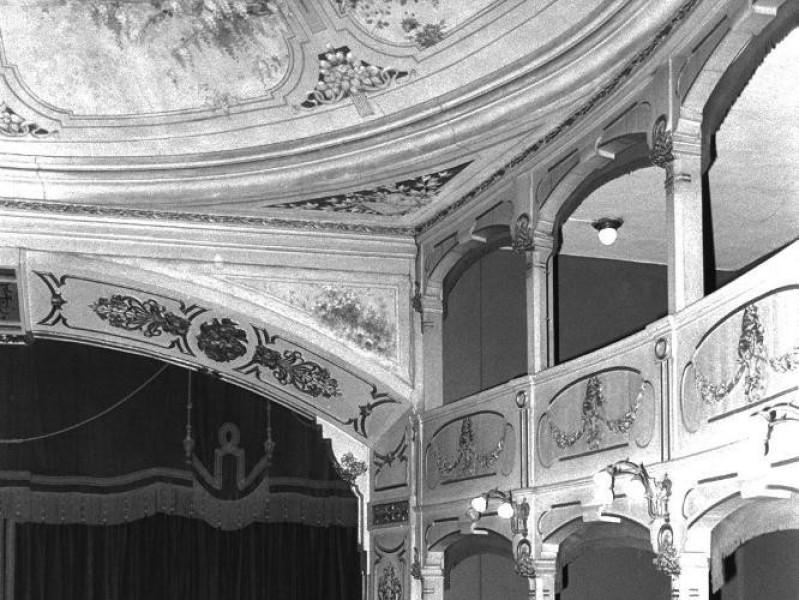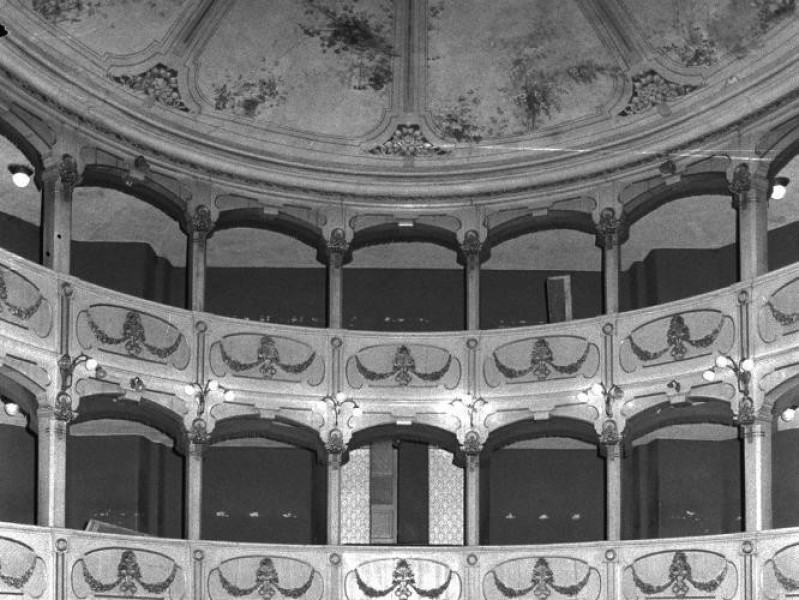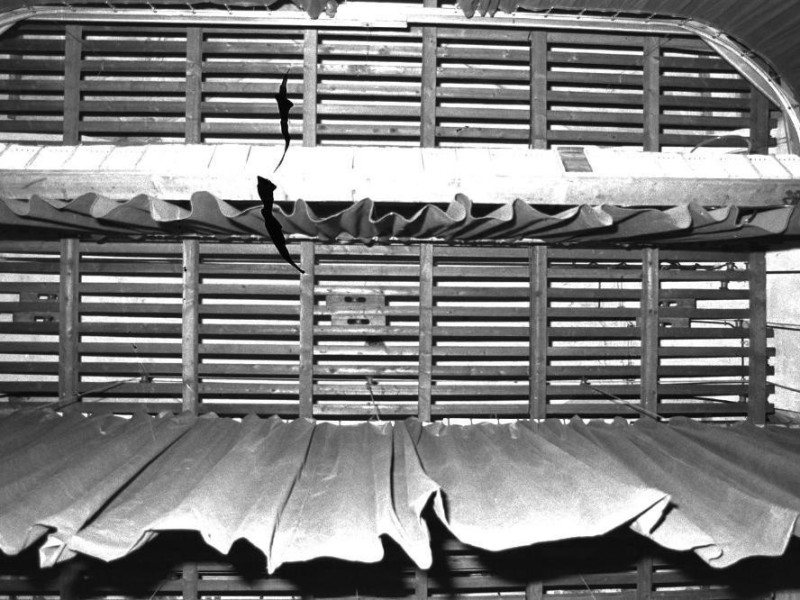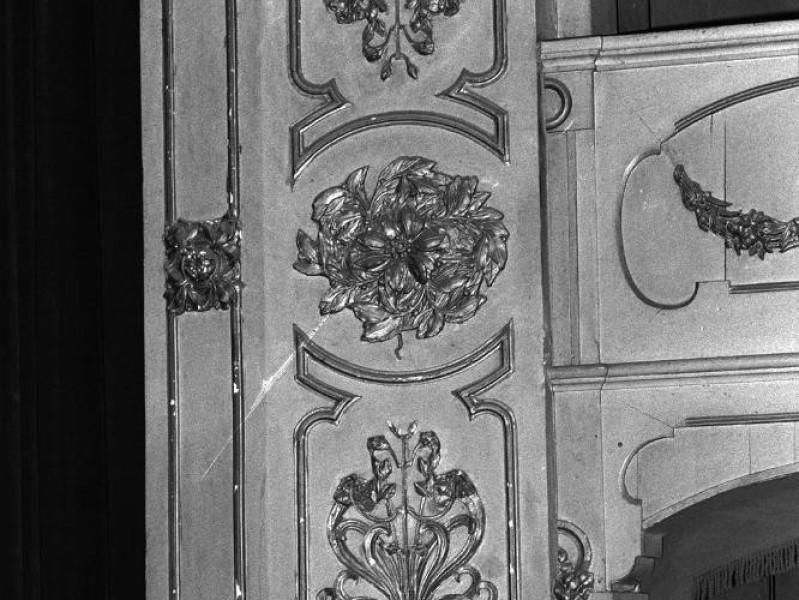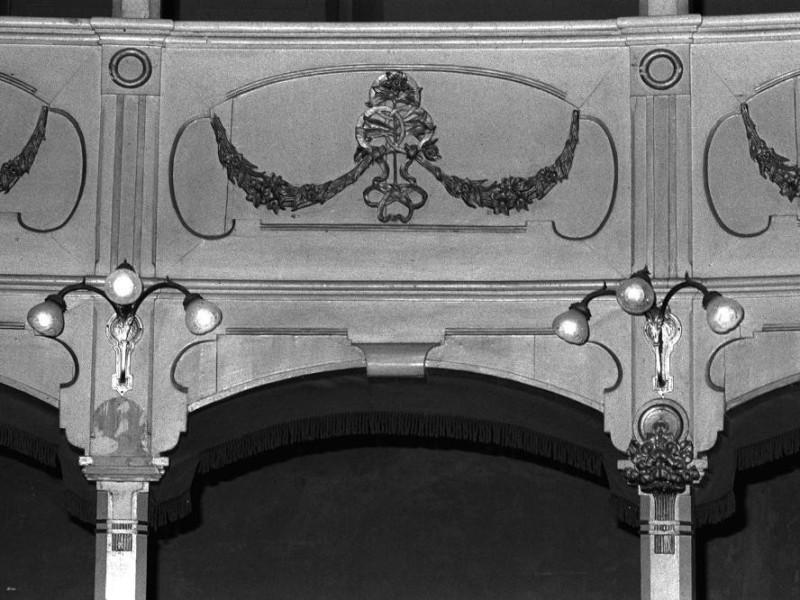Teatro comunale di Santa Franca (già dei Filodrammatici)
The Filodrammatica Piacenza was officially established by decree of Maria Luigia in 1825, but for fifteen years is already active. At first it was granted to the use of the living place in the College of Merchants, appropriately transformed into a theater. When the City determined to move their offices here, to actors was intended the church of Santa Franca. It was a monastery of XVI century founded by Cistercian and suppressed by Napoleon in 1810. Maria Luigia ceded it to the City, which first assigned it to the National Guard, and the firefighters and finally to the music school. The monastery became the seat of the Conservatory while the church has a Latin cross with a nave and barrel vault; in the early twentieth century was transformed to a design engineer Gazzola in an elegant theater with a facade of Art Nouveau style. Inside, the insertion of a large stage and a lounge with a horseshoe plant and double loggia not substantially modified the original structure but rather became a second skin. The Laico Theatre (only later assumed the name "Filodrammatica") was opened on February 19, 1909, with "Romance" by Roventa. This theater has remained active until the end of the seventies, replacing even the Municipal Theatre in the 1978-'79 season, when it was closed for renovations. In May 1980 in the was held the last performance, then the cracks of time and facilities dilapidated it advised closure, waiting for appropriate interventions jumping off the hall accessible and safe. In 1926, the theater has been the subject of initial recovery intervention: on that occasion were modernized furnishings and services, the ceiling was repainted by the decorator Silvio Labò, who created on a white background a set of architectural motifs and floral mirrors completely different from the primitive style decor from early twentieth century. The restoration of the Theatre of Santa Franca was started in September 1997, under the direction of Ilda E. Bee, assisted by engineer Ferdinando Soppelsa from Milan: the main intention was bring the building back to its original state, retracing the draft of Gazzola down to the smallest details. Lamps, flooring, window frames, doors, chairs of the room, everything has been carefully reconstructed looking craftsmen able to do these jobs. A complex intervention "across the board", which saw the restoration of masonry, the revision of the structures in order to adjust to the latest safety standards and total makeover plant finally recovering the element that most characterizes this theater: Nouveau facade. The delicate work on decorative parts (boxes, columns, proscenium and painted vault) are started in early October of '99 and end in January. The companies "Silvia Ottolini" from Piacenza and "Officinarte" from Bologna were responsible about this difficult situation. In particular the wooden structure, consisting mainly of wood is very thin and, in the panels of the central stages, inflected, over the years had been strongly affected by the movements of the material and its temperature changes, but also substitutions of tampering from time to time operated for make the structure functional use. Even in the treatment of the paintings of the curtain of the hall was essential to proceed with extreme caution: in cleanup phase has been confined to a thorough dusting, while commitment has worked on fixing the colors. The curtain, of considerable artistic value, depicts the visions of Victor Alfieri - realized by Bernardino Pollinari and from the theater set up in the hall of the College of Merchants only later was placed in the Theatre of Via Santa Franca - has been carefully restored by the "Laboratory of the Angels" by Maricetta Parlatore. The theater thus recovered was reopened to the public on October 25, 2000.
